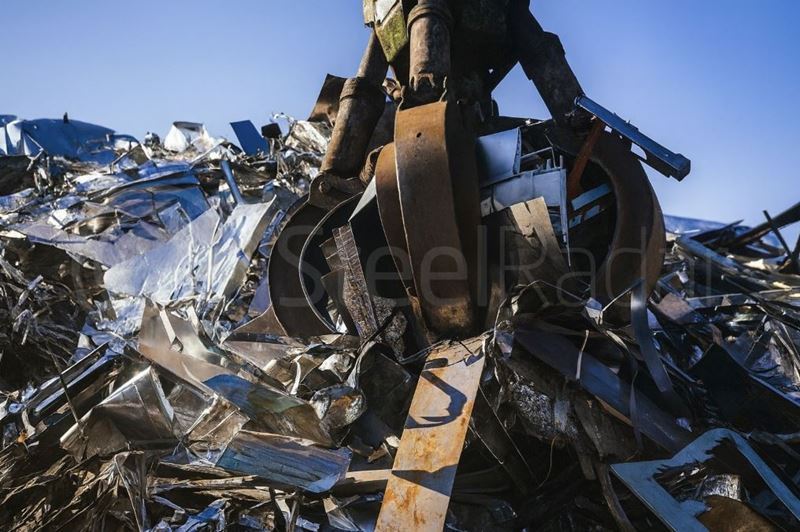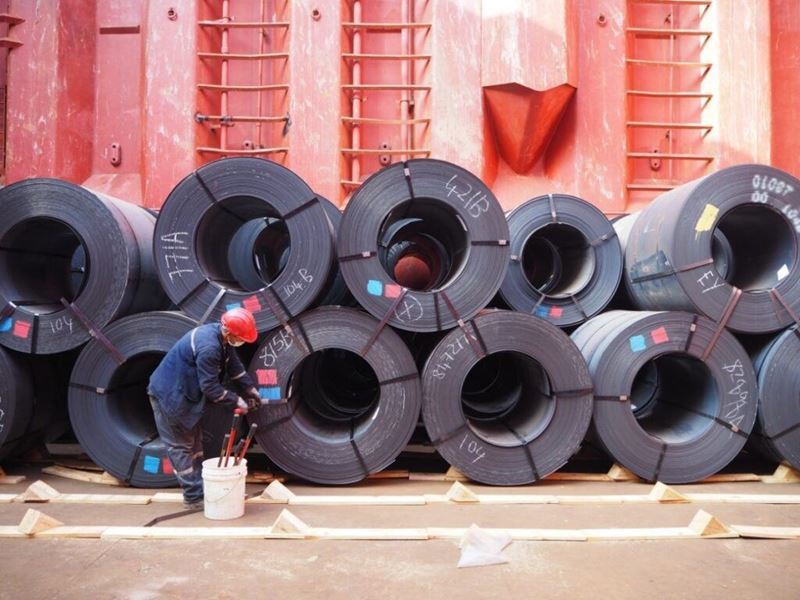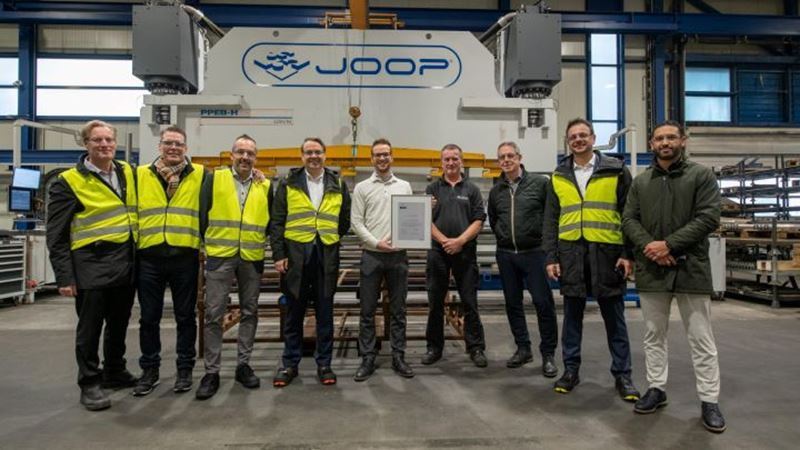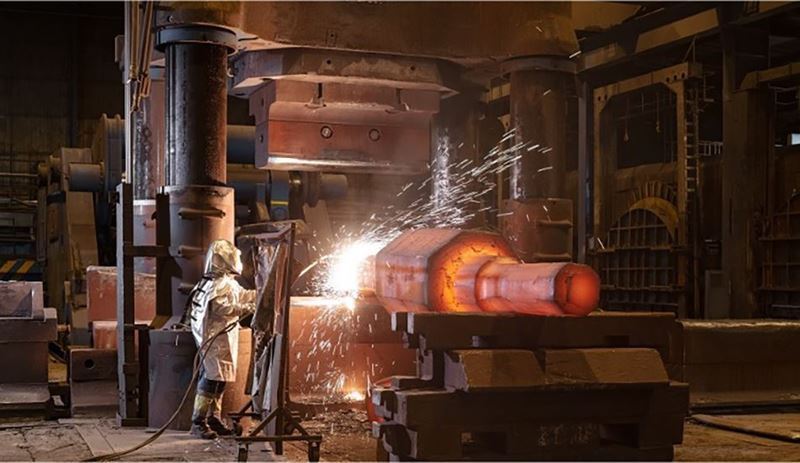Europe steel market november outlook: Import pressure eases, demand remains below expectations
Entering November under weak demand conditions, the European steel market has seen producers’ attempts to raise prices constrained by cautious buyer sentiment.
Only premium +plus subscribers can access this content.
SUBSCRIBE now to share your thoughts on the markets and get more comments.








Comments
No comment yet.